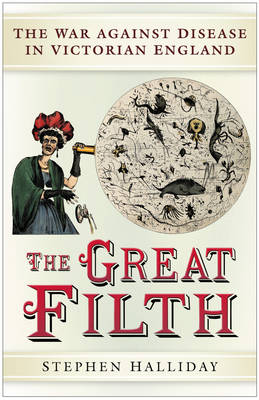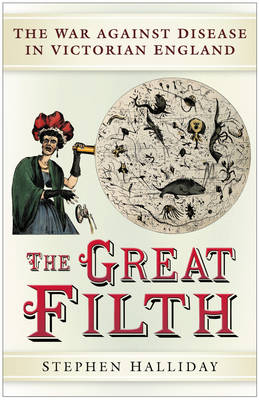
- Afhalen na 1 uur in een winkel met voorraad
- Gratis thuislevering in België vanaf € 30
- Ruim aanbod met 7 miljoen producten
- Afhalen na 1 uur in een winkel met voorraad
- Gratis thuislevering in België vanaf € 30
- Ruim aanbod met 7 miljoen producten
Omschrijving
When Victoria ascended the throne in 1837 London was already the largest metropolis in the world with a population of nearly 2 million, but most of her subjects were still country-dwellers. By the end of the century London had grown sixfold, and 80% of Britons lived in towns or cities.
In large part the story of 19th-century England is the story of the city. Early Victorian cities struggled to manage themselves with a public infrastructure that had changed little since Elizabethan times. There was no regular income tax. The government's role in matters of sanitation, water supply or public health was barely recognised. While 15% of all children could expect to die before their first birthday, urban children were far worse off than their country cousins. Figures published in the Lancet in 1843 showed that the life expectancy of a labourer in rural Rutland was 38, while in Liverpool it was just 15.
Specificaties
Betrokkenen
- Auteur(s):
- Uitgeverij:
Inhoud
- Aantal bladzijden:
- 256
- Taal:
- Engels
Eigenschappen
- Productcode (EAN):
- 9780750943789
- Verschijningsdatum:
- 1/03/2003
- Uitvoering:
- Hardcover
- Formaat:
- Genaaid
- Afmetingen:
- 155 mm x 234 mm
- Gewicht:
- 557 g

Alleen bij Standaard Boekhandel
Beoordelingen
We publiceren alleen reviews die voldoen aan de voorwaarden voor reviews. Bekijk onze voorwaarden voor reviews.









